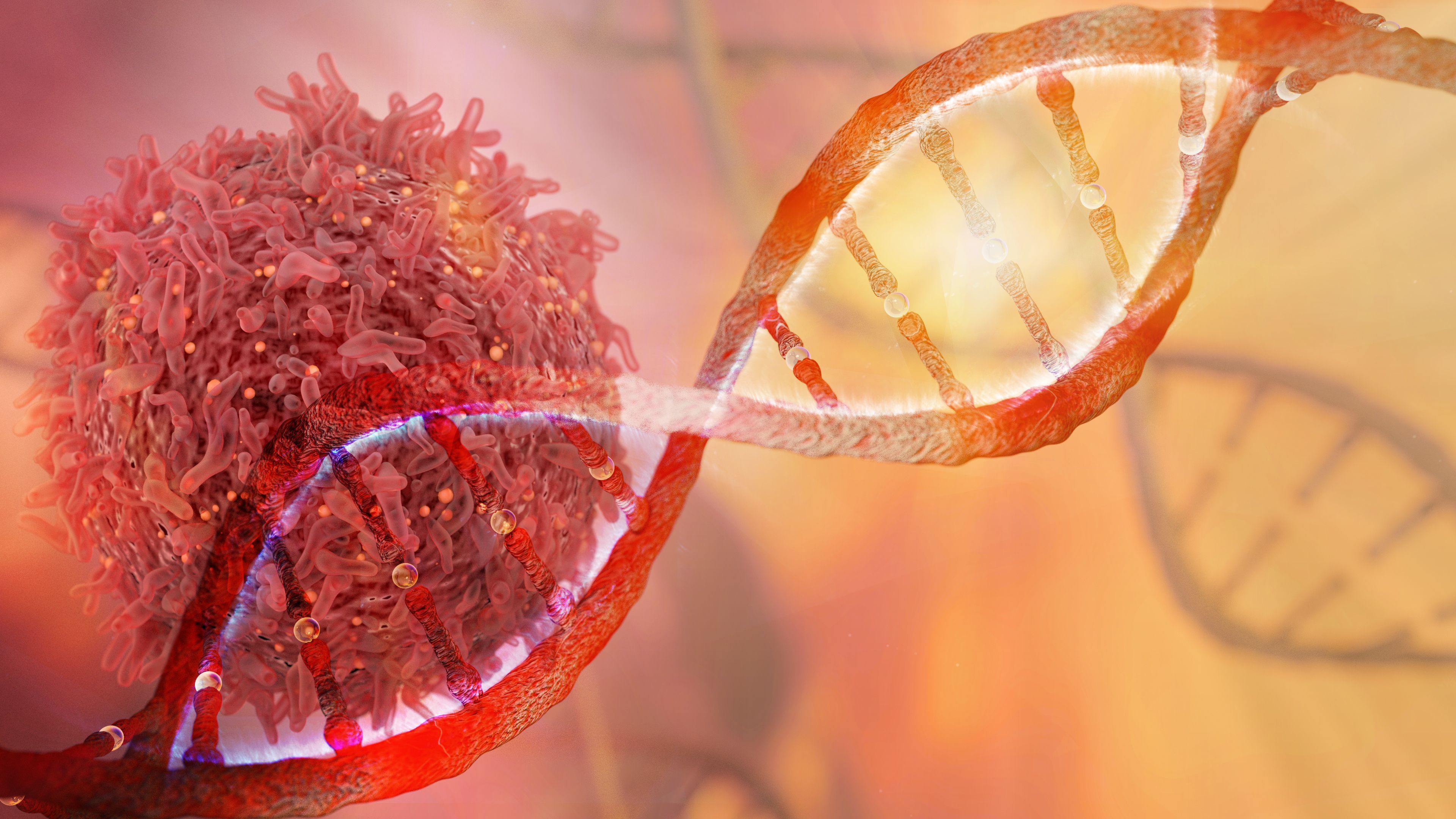Patients’ Frailty Status Significantly Associated With 1-Year Mortality in DLBCL
In a study, a correlation between frailty status and death at 1 year was identified in patients with diffuse large B-cell lymphoma.

In a large population study of patients with diffuse large B-cell lymphoma (DLBCL) researchers confirmed that the patient’s frailty status significantly correlates with 1-year mortality independent of several contributing factors, according to results published in the Journal of the National Comprehensive Cancer Network.1
Using linked population-based data from the Institute for Clinical Evaluative Sciences (ICES) in Ontario, Canada, researchers conducted a retrospective cohort study of 5,527 patients 66 years old or older and diagnosed with DLBCL between January 1, 2006, and December 31, 2017. Of this cohort, 2,699 patients were identified as frail based on a modified version of the generalizable frailty index (FI) used in the Ontario health administrative data.
Researchers found that within the first 90 days of initiation of first-line rituximab, the survival probability ± standard error among frail patients was 86% ± 0.67% compared with 93% ± 0.47% for non-frail patients (P < .0001). Furthermore, within 1 year of first-line treatment the probability ± standard error for frail patients was 68% ± 0.90% vs 81% ± 0.75% in the non-frail group. Researchers noted that at the median duration of follow-up at 324 days (IQR, 103–1,028 days) 2,964 patients (54%) died, with 60% of patients who died classified as frail compared with 1,338 non-frail patients.
The overall relationship to frailty and survival stayed consistent throughout when measured in quartiles with an unadjusted HR of 1.6 (95% CI, 1.3-1.9) in Q2, 2 [95% CI, 1.7–2.4] in Q3, and 2.7 [95% CI, 2.3–3.2] for Q4, compared with Q1 (P < .0001). In the multivariable model controlling for the patient’s age, number of comorbidities, diagnosis with DLBCL as an inpatient, number of chemoimmunotherapy cycles received, and healthcare utilization during treatment, frailty remained independently associated with 1-year mortality (HR, 1.50; 95% CI, 1.32–1.70, P < .0001). Moreover, this was seen when measuring the quartiles compared with Q1 with an HR of 1.49 (95% CI, 1.25-1.78) in Q2, 1.84 (95% CI, 1.53-2.22) in Q3, and 2.20 (95% CI, 1.79-2.69) in Q4 (P < .0001).
There was not a significant difference between the average age at time of death for either the frail or non-frail group at 80 and 79, respectively. However, frail patients were more likely to die during treatment for their cancer at a 20.6% risk of death vs 17.7% in the non-frail group (P = .0472), whereas frail patients were less likely to die of lymphoma at 70.8% vs 69.6% for non-frail patients (P = .506).
In total, 2,351 patients had a hospitalization with 192 of these patients dying in the hospital. Frail patients were significantly more likely to visit the emergency department, be admitted to the hospital, or be admitted to the ICU than non-frail patients during the first 2 cycles and entire course of treatment. During the first 2 cycles of treatment 666 frail patients had at least 1 emergency department visit compared to 561 non-frail patients (P < .0001), while they also had a higher mean of total days spent at the hospital at 16.8 days compared with 12.3 daysthroughout the entire treatment (P < .001).
“What remains unclear is whether the underlying cause for mortality in frail patients is undertreatment or poor treatment tolerance,” the researchers wrote in the discussion of their findings. “Although we found that frail patients tended to have more dose delays than non-frail patients, a substantial number in both groups (41%) had at least 1 dose delay.”
The frailty index contains 30 multidimensional variables indicative of frailty (eg, assisted living, socioeconomic status, mobility, healthcare use, comorbidities). According to the researchers, the index is calculated as the sum of all deficits divided by the total number of deficits measured. In this analysis, exposure was categorized into a binary of frail being greater than 0.21 and non-frail 0.21 or less.
Healthcare utilization was included in this study to stand in for severe treatment-related toxicity. Looking at healthcare utilization from the start to the end of treatment, frail patients were given less chemotherapy (39) compared to non-frail patients (52), and more patients reported difficulty managing their symptoms at home, palliative care, and symptom management in the hospital (107 patients vs 72 non-frail patients).
Fourteen percent of frail patients received only 1 cycle of chemoimmunotherapy compared with 7% of non-frail patients (P < .001). Moreover, 48% of frail patients completed at least 6 cycles of chemoimmunotherapy vs 61% of non-frail patients (P < .001). In patients who died in the first year after starting their treatment 34% of frail patients received 1 cycle of chemoimmunotherapy compared to 34% of non-frail patients (P < .0001).
“This study highlights the importance of baseline frailty assessment in patients with DLBCL. Future work should focus on whether frail patients can be further stratified to identify those at highest risk of early death and whether knowledge of the impacts of frailty on treatment outcomes affect patient and provider treatment decisions and quality of life,” the researchers concluded. “In addition, future clinical trials should consider frailty status in their design and report outcomes stratified by frailty.”
References
Vijenthira A, Mozessohn L, Nagamuthu C, et al. Frailty in Patients With Newly Diagnosed Diffuse Large B-Cell Lymphoma Receiving Curative-Intent Therapy: A Population-Based Study. J Natl Compr Canc Netw. 2022 Jun;20(6):635-642.e9. doi: 10.6004/jnccn.2022.7014
Examining the Non-Hodgkin Lymphoma Treatment Paradigm
July 15th 2022In season 3, episode 6 of Targeted Talks, Yazan Samhouri, MD, discusses the exciting new agents for the treatment of non-Hodgkin lymphoma, the clinical trials that support their use, and hopes for the future of treatment.
Listen